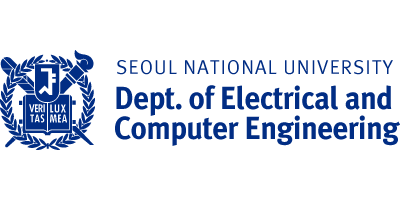[Press Release] University of Seoul – Seoul National University Joint Research Team Succeeds in the Integration of Photonic Computation Circuits

[E-news Today Metropolitan 1 Reporting Headquarters, Reporter Okyung Kwon] Professor Hyunhee Park of the University of Seoul (UOS, President Yong-geol Won) Department of Electrical and Computer Engineering (also a member of the Department of Intelligent Semiconductor Engineering), along with Professor Namkyoo Park and Professor Sunkyu Yu from the Department of Electrical and Computer Engineering (ECE) at Seoul National University (SNU), announced that their joint effort in integrating photonic computing circuits has succeeded.
Their findings were published in "Physical Review Letters," the most prestigious journal in the field of physics.
Recently, research aiming to utilize light in computation has been actively pursued, particularly in the fields of artificial intelligence and quantum computing, to overcome the physical limitations of electronic technology represented by the end of Moore's Law.
This study introduces a new approach to utilizing light in computation within the fields of artificial intelligence and quantum computing. By employing light in computation, various functions provided by artificial intelligence, such as inference, classification, and regression, can be performed at ultra-high speeds with low power consumption. Furthermore, it can maintain stable quantum states even at room temperature, making it applicable for circuit implementation in quantum computers.
However, there have been challenges due to the extreme speed of light, which propagates at a rate of 300 million meters per second. This has led to exponential increases in the size of computation systems and the number of required gates, making it difficult to perform computations.
For an optical neural network composed of N neurons, the size of the network is proportional to N’s square (N^2). For instance, in a photonic circuit designed for deep learning that occupies an area of approximately 10x10 cm2, computations involving up to only a maximum of one thousand neurons were feasible.
To overcome this limitation, the research team confined light in resonators and demonstrated that all computations required for deep learning and quantum computing could be achieved by changing the state of the medium. Through the use of a time-axis approach, they proved that up to one million neuron computations could be performed in a circuit as small as 10x10 cm2.
In this study led by Professor Hyunhee Park, researchers succeeded in achieving integration by replacing spatial-axis information processing with time-axis-based processing.
As a result, the implementation of photon circuits integrated at the level of VLSI (Very Large Scale Integrated Circuit) has become possible. Professor Hyunhee Park stated, "With the ability to implement computations necessary for quantum computers, we aim to focus on the implementation of quantum circuits in the future."
This research was conducted through the support of the Mid-career Researcher Program, the Basic Research Laboratory (BRL) Program, and the Excellent Young Researcher Program of the Ministry of Science & ICT, as well as the Creative Leading Researcher Support Program at Seoul National University.
Source: https://ece.snu.ac.kr/ece/news?md=v&bbsidx=55411
News Article From: Enews Today (http://www.enewstoday.co.kr)
Translated by: Jiyong Yoo, English Editor of the Department of Electrical and Computer Engineering, cyoo7@snu.ac.kr


